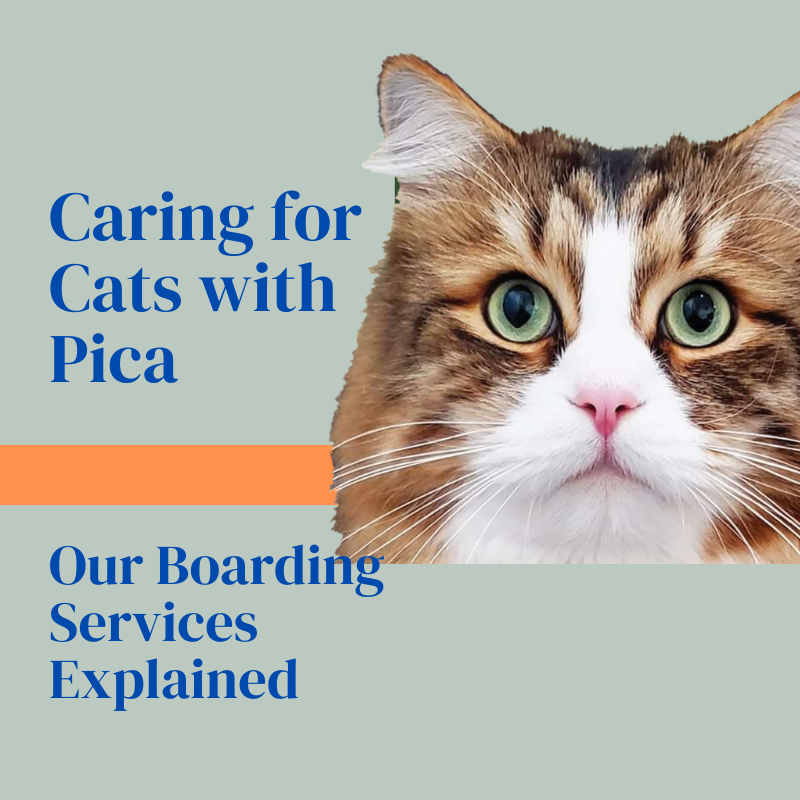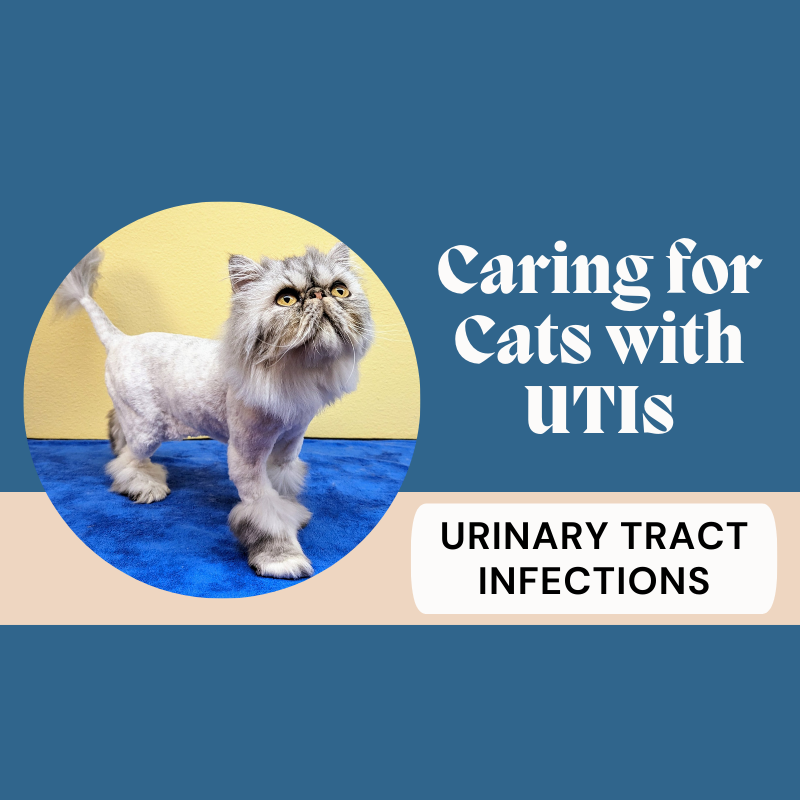Caring for Cats That Refuse to Eat While Boarding
Understanding Food Restriction in Cats: A Guide to Feline Anorexia
Food restriction, also known as anorexia, occurs when cats experience stress from changes in their environment, such as leaving home for boarding. This behavior can lead to significant health issues as cats may eat significantly less or nothing at all, which is detrimental to their bodies. At Cats in the City, we don’t allow cats to harm themselves by refusing to eat. Instead, we take proactive, step-up interventions until a cat resumes eating normally on their own.
The Importance of a Stress-Free Environment
Lighting:
- Creating a Soothing Atmosphere: We avoid harsh, bright lights as they can overwhelm your cat’s sensitive eyes and increase stress. Instead, we use soft, diffused lighting or natural light to create a calm environment that mimics the gentle light found in a cat’s natural habitat.
Noise:
- Maintaining a Quiet Environment: Sudden, loud sounds can startle your cat and trigger their fight or flight response, making grooming difficult. We implement soundproofing measures such as installing acoustic panels, using heavy curtains, and sealing gaps to minimize external noise, creating a tranquil environment.
Temperature:
- Ensuring Comfort: We maintain the grooming area at a comfortably warm temperature, ideally around 70-75°F (21-24°C), to help your cat feel at ease. Overly warm environments can cause discomfort and stress, so we ensure the temperature is just right.
Smells:
- Using Mild or Unscented Products: We avoid pungent smells from cleaning products, perfumes, or other substances that can overwhelm your cat’s senses. We use grooming products that are either unscented or have very mild, natural scents to minimize stress.
Pheromone Diffusers:
- Promoting a Sense of Security: We use Feliway diffusers in the grooming area. These diffusers release synthetic versions of the calming pheromones that cats naturally produce, promoting a sense of security and well-being, making the grooming process smoother for both your cat and our groomers.
Understanding the Impact of Food Restriction
Territorial Nature and Stress:
Cats are territorial animals and maintain a strong bond with their environment. Displacement from their familiar surroundings can lead to stress and anxiety, triggering hormonal changes that often result in reduced food and water intake. This behavior is particularly dangerous as it significantly impacts their blood glucose levels and places undue strain on their liver.
Liver Health:
Cats, as obligate carnivores, derive their energy primarily from protein rather than fat. When a cat restricts its food intake, its body begins to metabolize fats for energy. However, cats are not efficient at processing large amounts of mobilized fat. These fats accumulate in the liver, causing it to swell, leading to dysfunction and potentially liver failure. Our facility employs the best monitoring systems and swift interventions to support a cat’s well-being when they exhibit food and water restriction.
Blood Glucose Management:
Food intake directly influences a cat’s blood glucose levels. A healthy blood glucose level in cats ranges from 80-120 mg/dl. It is generally safer for a cat to have high glucose levels than low. When boarding with us, cats experience increased energy demands due to our enriched environment, which keeps them more alert and engaged.
Recognizing Signs of Nausea
It’s essential to recognize signs of nausea in cats, which often accompany food restriction. These signs include:
- Vomiting
- Dry heaving
- Gagging
- Hiding or covering food
- General lack of appetite
Our Approach to Managing Food Restriction
- 24 Hours without Eating: If your cat hasn’t eaten for a day, we continue their usual feeding routine while closely monitoring their behavior.
- 48 Hours without Eating: If your cat still isn’t eating after 48 hours, we offer a variety of food alternatives suited to their dietary needs, such as:
- Tuna
- Baby food
- Wet and dry food
- Hydracare
- Churu
- Dry treats
- FortiFlora
- 72 Hours without Eating: If your cat continues not to eat after 72 hours, we start hand-feeding them with a suitable food mixture. We do this early in the day for observation and may repeat it later if necessary. There may be charges for this service.
- 96 Hours without Eating: If your cat’s food restriction persists beyond 96 hours, we’ll involve management for further action. This might include consulting a veterinarian for medical intervention, such as prescribing appetite stimulants like Mirtazapine or Entice, anti-nausea medication like Cerenia, and sometimes anti-anxiety medication.
Client Involvement and Communication
- Appetite Stimulant: If you anticipate your cat might refuse to eat during their boarding stay, talk to your veterinarian in advance. Ask them to prescribe an appetite stimulant medication for us to use during their stay.
- Your Input Matters: We value your understanding of your cat’s preferences and behaviors. Please share any concerns or thoughts you have about our approach. Your insights help us provide personalized care for your cat.
Our team is dedicated to ensuring your cat feels safe and comfortable during their boarding stay, even if they refuse to eat. By following our structured plan, we aim to provide your cat with the best possible care.
If you have any questions or concerns, please don’t hesitate to contact us. We’re here to support you and your cat every step of the way.



